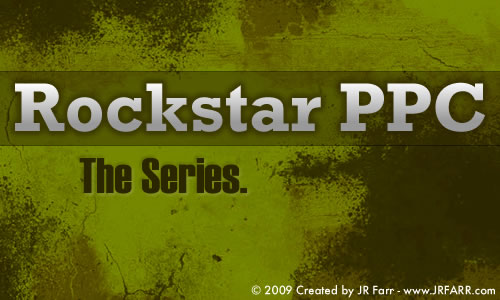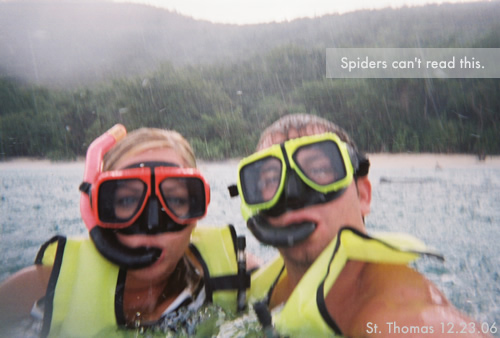
Let me take you through my process and how I build paid search campaigns that dominate different markets for years to come.
Over the past 3-4 years I’ve gone through the trial & errors learning the ropes of paid search. In that time frame I have seen some great success and some of the highest return rates from paid search. I think a common mis-conception with paid search is it’s easy to do. Anyone can do it right? I mean just enter your credit card information and start bidding on keywords.
Let me tell you, I didn’t learn what I’m about to teach overnight and sadly, paid search is so much more.
Today, I’m still making consistent monthly income from those same campaigns that I setup 3-4 years ago. But it’s not from running these campaigns on “auto-pilot”. It’s through constant tweaking, testing different landing pages, adjusting bids etc. that allow the results to continue to increase.
My goal by the end of this Rockstar PPC Series is to not just teach you the skills I know. I also hope you apply all of these lessons to create paid search campaigns that bring you a consistent ROI month in and month out.
Start Here: The Setup.
Whether you’re a small business owner who wants to build your local business, an online dealer selling sporting good products or an affiliate marketer promoting several offers, you need to setup the proper foundation. So before you get too excited and start building a massive keyword list and turn on your paid search campaigns, let’s take a few days to get things figured out.
Don’t make the mistake of opening the Google flood gates before you have a solid plan in place.
If you can follow these simple steps below before you get too far into it, you can save yourself some time & money.
- Define your Niche
- Research your competition within your niche using Keyword Research Tools
- Solidify your Objective
- Creating a compelling CTA (Call to Action)
1. Define your Niche & Get Specific
What do I mean by defining your niche? Take the camera industry for example. I can think of several niches just within that niche it’s just how specific do you want to get. Are you selling point & shoot cameras, SLR cameras, video cameras, camera accessories or all of them?
The more specific you get, the less the competition but the lower the market reach. The less specific you get, the more the competition but the higher the market reach.
One thing to keep in mind about paid search is to always remember how highly targeted the traffic is. With that being said, when you get specific about what your niche is, you’ll be sending highly targeted traffic to a website that converts the visitor.
2. Keyword Research & Competitive Analysis
Now that you know your niche, you need to find out a couple things.
- What is the competition like?
- Is there enough interest or searches in the niche you want to target?
I created a list awhile back that breaks down free keyword research tools from Google. Use these free keyword research tools to see how competitive the space is & see how many people are searching within your niche.
HELP: If you’re unclear on how to use these tools to a. find a niche or b. research your niche, feel free to watch this video tutorial. Finding your Niche & Getting a Feel for the Competition.
3. Solidify your Objective
This is a key component within your campaigns. Let’s look at 2 examples.
- Are you selling a Product? If so, what are offering to make it more appealing compared to your competition?
- Are you generating Leads? If so, what are you offering to make the user want to give you their information? Would it be valuable to them?
4. Create a Compelling “Call to Action”
Now that you know your objective, what is the call to action to get the user to make the jump?
- When selling products, most consumers like seeing, “FREE Shipping!” or “Buy 1 Get 1 Free!” of “Get 20% Off when you Buy Today!”.
- When generating leads, offer something tangible. Fill out our quick form for a — “Free Trial” or “Download a Free Whitepaper” or ” Ebook Download — 7 Ways to Improve your Landing Page”.
Deploy
Now take these fundamental action steps and start laying out a plan to start creating your marketing plan and structuring your website. You’ll see all the pieces slowly come together and you’ll thank yourself in the end for not wasting your time or money.
Was this helpful? Let me know if I didn’t touch on something or you need more clarification. In the meantime be sure to Subscribe to my RSS Feed or Follow @jrfarr on Twitter for the next Rockstar PPC installment.



